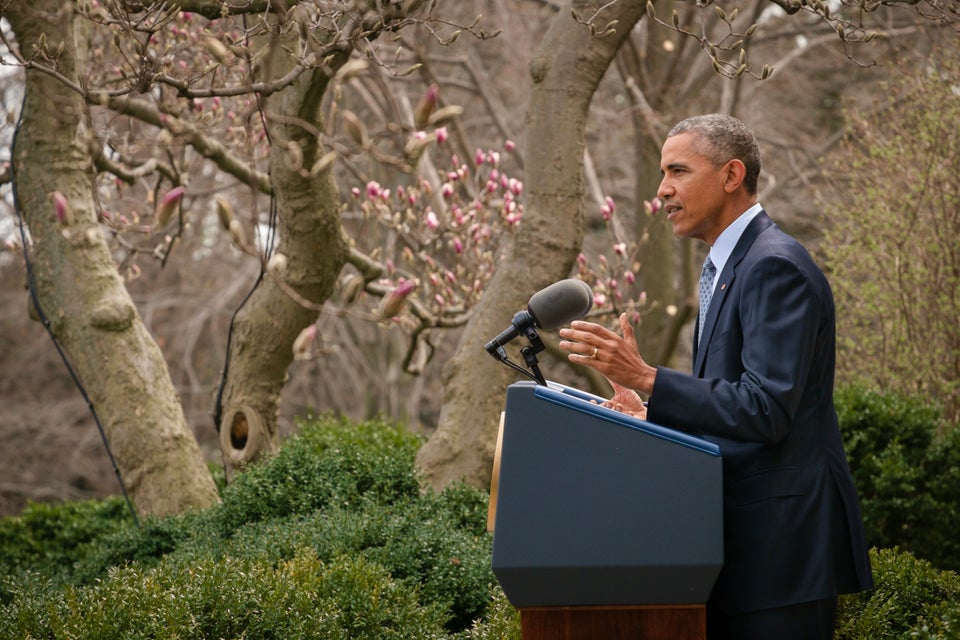
VIENNA, Dec 2 (Reuters) - Iran had a "coordinated effort" relevant to the development of a nuclear bomb until 2003, the U.N. nuclear watchdog said on Wednesday in an unexpectedly clear verdict on Iran's past activities and atomic weapons.
Iran's possibly arms-related work continued beyond 2003, but in a less coordinated way, and there was no credible indication of anything past 2009, the International Atomic Energy Agency (IAEA) said in a report to its Board of Governors.
The report obtained by Reuters was required under a July deal between Tehran and six major powers that provides for sanctions against Iran to be lifted in exchange for restrictions being placed on the country's nuclear activities.
The IAEA's board must now decide to what extent the agency will continue to examine whether Iran sought nuclear weapons in the past. Iran has said it will not uphold its side of the deal unless the matter is closed by the board.
"There's no smoking gun in there but we didn't expect one," one Vienna-based diplomat said of the report, but added: "Importantly, it's not a clear balance sheet for Iran."
The report entitled "Final Assessment of Past and Present Outstanding Issues Regarding Iran's Nuclear Programme" said: "The Agency assesses that a range of activities relevant to the development of a nuclear explosive device were conducted in Iran prior to the end of 2003 as a coordinated effort."
The year 2003 was when the IAEA confirmed that Iran had built a secret underground facility for enriching uranium.
The report added the IAEA had "no credible indications of activities in Iran relevant to the development of a nuclear explosive device after 2009."
"The Agency also assesses that these activities did not advance beyond feasibility and scientific studies, and the acquisition of certain relevant technical competences and capabilities," the IAEAsaid.
Iran's senior nuclear negotiator, Deputy Foreign Minister Abbas Araqchi, said shortly after the report was circulated to IAEA member states that it showed the program had no military dimensions.
STRONG WORDING
The July deal states that the six major powers will now submit a resolution to the IAEA Board of Governors “for taking necessary action, with a view to closing the issue” of so-called possible military dimensions (PMD) of Iran’s nuclear activities.
Iran believes that means the IAEA should say the matter is now closed, but Western countries have been guarded about the content of the resolution, saying it will depend on the IAEA’s findings.
“The report allows for procedural closure of the PMD file but this will not limit the agency’s ability to ... look at concerns if they arise,” the Vienna-based diplomat said.
Technically, Iran cleared a more crucial hurdle towards sanctions relief on Oct. 15, when it provided the agency with enough information to draw up its report.
The report’s wording was, however stronger than had been expected after IAEA Director General Yukiya Amano said last week the assessment would not be clear-cut.
It said differences with Iran remained over a building at the Parchin military complex, where Iran has been accused of carrying out high explosives testing.
“The information available to the Agency, including the results of the sampling analysis and the satellite imagery, does not support Iran’s statements on the purpose of the building,” the IAEAreport said.
It also said it had not received any new information on several points of its investigation since 2011.
Also on HuffPost:

